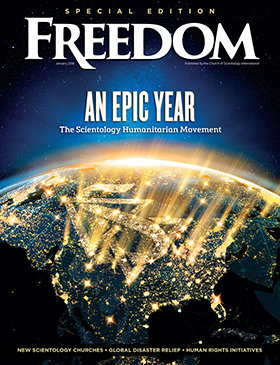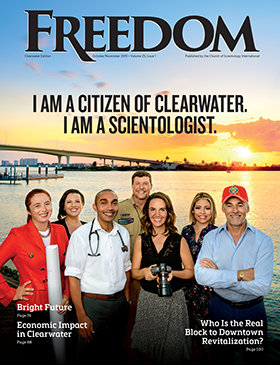A few thousand years from now scholars ruminating on pop culture fiction trends from the 20th and 21st centuries will have to conclude that Earth’s masses were fixated on outlandish catastrophes—as enjoyment. Asteroids ka-booming into Earth, nuclear bomb firestorms searing continents, toothy sharks plucked up by tornadoes and whipped willy-nilly into crowds of people, ghastly plagues slaughtering everyone except handfuls of hardy survivors, black holes sucking up the entire solar system. Don’t forget DNA-resurrected tyrannosaurs gobbling up amusement park crowds.
Those future academics also will ponder this age’s addiction to rumors and rumors of rumors, AKA conspiracies, black helicopters, scary cabalistic plans, treacheries so awful that the only rational thing to do is hide under the bed.
And we haven’t yet mentioned creepy alien invaders, loathsome zombie hordes and the always annoying-as-hell vampire swarms.
Yes, fiction writers and filmmakers know how to make Himalaya-scale fables out of microscopic morsels of conjecture. It’s fun stuff, even though a sizable number of people believe that some of those teeth-chattering, apocalypse-igniting events could happen. Are happening. Right now!
But the brainy guys in the future undoubtedly will discern the reasons fiction scribblers are so rapturous about the repugnant: The reality—the things that are actually happening—are so appalling that the masses seek distraction by indulging in fantastical scenarios.
Vampires exist in legends—yet, purveyors of heroin, cocaine and other street drugs engage in depredations as devastating as any attributed to Transylvania’s most famous count. Zombies are the bogeymen-du-jour—but society’s cast-offs, those vast numbers of homeless people lurching through every American city, are treated with the same disrespect and turn-away avoidance many citizens would accord the walking dead. Victor Frankenstein’s nightmarish creation terrorized a kingdom—but those who deny basic human rights to millions of people are truly the monsters ravaging cities and nations worldwide.
While it’s unlikely a space rock the size of Texas (or even Rhode Island) is going to slam into our planet anytime soon, or that disease and pestilence are about to obliterate most of humanity—there are real scourges stalking mankind. Under the guise of “mental health,” millions and millions of our fellows are condemned to mind-destroying pharmaceuticals and barbaric tortures such as electro-shock. The explosion in the numbers of prisoners, fueled by runaway recidivism, represents a seismic social shift away from solving criminal behavior to merely throwing people away. And, yes, there are real cataclysmic events—from terrorism to earthquakes, from droughts to floods—yet there are far too few people willing to strap on boots and gloves and march forth to aid the victims.
Can a single person tackle all of the real dilemmas facing the world? For the United States? How about just Florida? If not any of those, could a person or group—or, perhaps, a religion—chip away at big problems in, say, the Tampa Bay area and right here in Clearwater? And could enough people staking out problem-solving beachheads around the world, including Clearwater, start to make a difference?
“Yes!” is the answer offered—sometimes shouted—by many denizens of this West Central Florida coastal town. Especially if people work together.
Residents and visitors strolling along downtown Clearwater’s major thoroughfares—especially concerned folks attuned to the many, many corrosive issues afflicting society—are likely to hear an encouraging answer to the haunting questions plaguing society. That good news is proclaimed at six newly opened operations centers for humanitarian groups right in the heart of Clearwater.
“Something can be done about it” is the message heard in those buildings.
You’ll especially detect that refrain emanating at one of the city’s most historic structures, the Clearwater Building, at Fort Harrison Avenue and Cleveland Street. And, variations on that can-do motto are echoed at a half-dozen newly opened buildings along Cleveland Street:
“Something can be done about it”

























